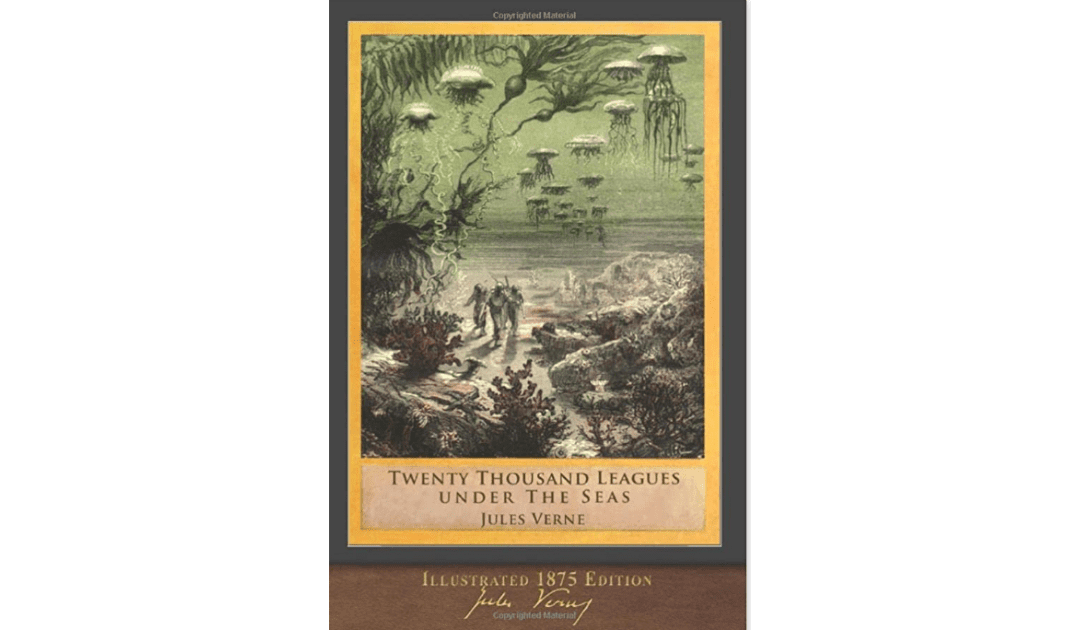I’m enjoying Julia Pardoe’s biography of Marie de Medici very much. Please don’t think that I’ve found any writing blunders in her work, it seems remarkably well researched. Readers of the Sir Anthony Standen Adventures may be interested to know who officiated at Marie’s marriage to Henri IV. It was none other than Cardinal Aldobrandini. Henri wasn’t actually there, which is a concept that we may find difficult to comprehend these days, but it seems to have been quite common for royalty to be represented by a deputy at their marriage.
The unit of distance used by Pardoe’s sources is the league. I had to remind myself how far a league is, and it’s approximately three miles. That made me doubt my memory of Jules Verne’s books. It must have been Two Thousand Leagues Under The Seas, it can’t possibly have been twenty! The radius of the Earth at the equator is around 6,378km, which is 1,321 leagues. The Mariana Trench is only around 11km deep at its deepest point, so perhaps he meant Two Leagues Under The Seas.
I’d like to give Jules Verne the benefit of the doubt. However, I feel certain that in 1869, when the book was first serialised, we would have had a reasonable idea of the Earth’s size. In fact the Greek astronomer Eratosthenes calculated the Earth’s circumference to be 26,000 miles which is within 5% of the accepted figure. He calculated that more than 2,000 years ago, so I don’t think Jules Verne has a very good excuse.
I worry constantly about writing blunders. How far can a rider reasonably travel in a day? Did they have glass windows in the 16th century? Did they have pasta in 17th century Italy? How did Jules Verne get away with such a preposterous title? Well the answer is that he was referring to distance travelled under water, rather than depth. Writing belongs to both the writer and the reader, as do writing blunders.

